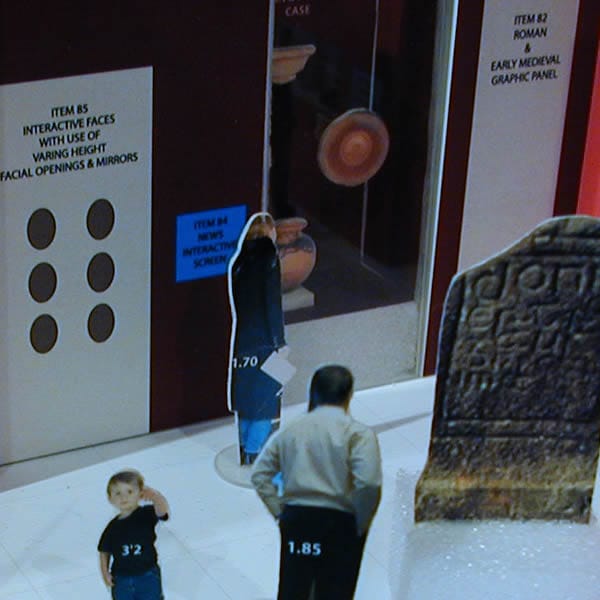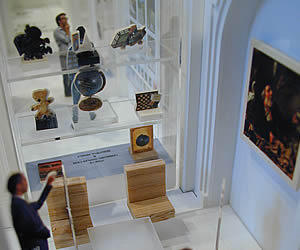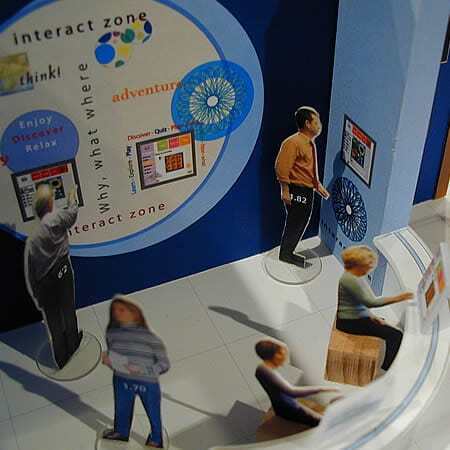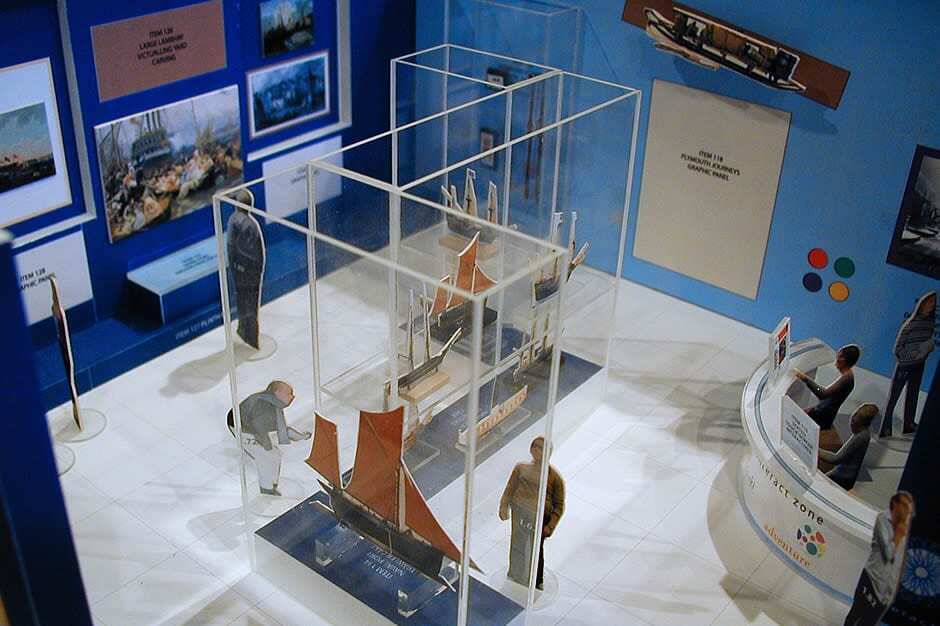ZOOMING IN ON:
Hi-tech vs Low-tech for Interactive Museum Exhibit Design
What are the secret ingredients that go into making a museum exhibition exciting, accessible, and thought-provoking? You also should ensure the entire experience is enjoyable for everyone ages 2 to 102. Sorry if you fall outside these parameters…
If you have children under 10, you will soon realise how difficult it can be to visit a museum. It quickly becomes evident that everyone is kept happy for no more than 30 minutes. Soon to follow, and speaking from experience, the parent hears the dreaded words, “I am bored!” Therefore, it is not surprising we hear this so often from our children. Additionally, innumerable museums produce exhibit designs that are jam-packed with fascinating information. However, they are served up in such a monotonous, old-fashioned way that no one bothers to read the entire picture.


I liken it to the difference between an old newspaper and a glossy magazine. Imagine the newspaper, which is just black text all over the page, compared to a shiny magazine with colour, imagery, and funky-styled text that creates an eye-catching copy. This interpretation invites the visitor to learn further about the subject matter. Then, once bitten by the information, they can analyse and explore other snippets of information.
Moreover, relying on expensive and high-tech solutions such as AV systems, touch screens, multimedia guides, or mobile apps isn’t always necessary. Despite the common belief that these technologies might improve the overall visitor experience, they often fail to capture people’s attention and leave them unimpressed. One of the reasons for this is that most people, including children over the age of 10, carry smartphones that can perform a wide range of tasks and have more technology than what was used to put the first man on the moon.
“I am bored”
Therefore, offering visitors touch screens or projected images on a backdrop may not engage them. Instead, visitors may be more interested in exhibits that offer a more physical and tangible experience. For instance, providing them with various old mechanical buttons to push that activate something can keep the entire family engaged for hours. These buttons can trigger multiple actions, from turning on lights to playing sounds or moving objects. They can give visitors a sense of control and interaction that is impossible with touch screens or other high-tech solutions.
When designing museum exhibits, it is important to contemplate the visitors’ preferences and expectations and offer them various experiences, catering to different interests and age groups. By providing engaging, interactive, and fun exhibits, museums can attract new visitors and offer an educational and entertaining experience that is both unforgettable and enjoyable.
Consequently, if museums or exhibitions can spark individuals’ interest, then, with the benefit of the internet, they can explore other layers of information in the comfort of their homes. This, in turn, will encourage return visits and touring of different museums. In a nutshell, their desire for better understanding grows.
Interactive museum exhibits unlock wonder by engaging diverse ages, enhancing curiosity and encouraging return visits.
Well, yes and no. We must now start to consider fully immersive technology. This will allow the visitors to submerge themselves completely in environments that were unfeasible to create earlier.
Imagine standing on the battlefield in Napoleonic times and seeing Napoleon on horseback at the Battle of Waterloo. Moreover, you turn your head and see the British moving into position. Next, wave your hand and provide facts about what you see and the ability to touch objects virtually. Is it still a museum, but not as we recognise it now? However, it’s on its way: virtual reality surrounded by artefacts. We believe immersive museum experiences, such as AI (artificial intelligence in museums), are the latest star element in interactive museum exhibit design and the musea of tomorrow! You can explore our article on how AI transforms museum visitor experiences.




